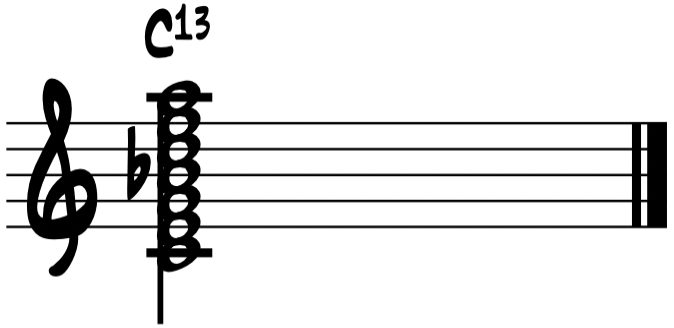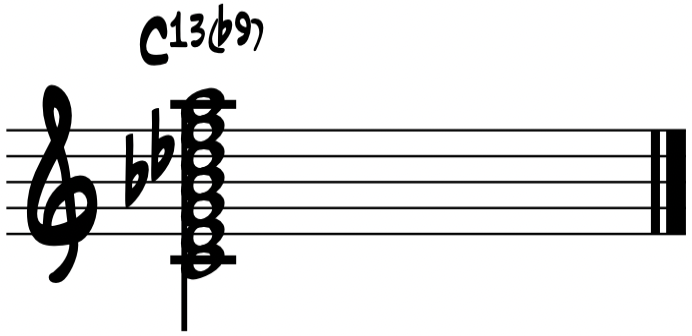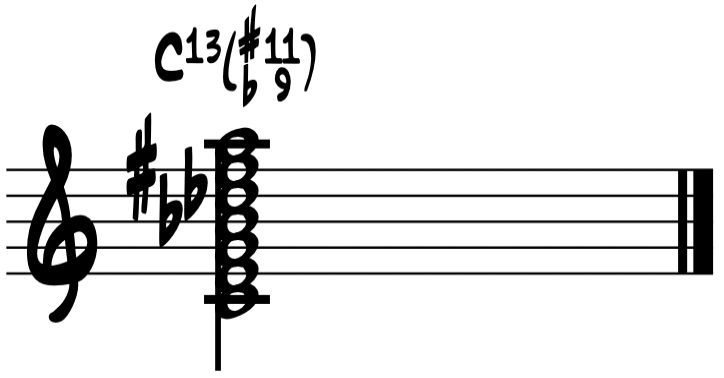Big Band
The 20th & 21st Centuries
The Dixieland style moved up the Mississippi River from New Orleans through Kansas City to Chicago throughout the 1910s and 20s. From there, the style made its way to New York City, where it first emerged among the mostly black neighborhoods of northern Manhattan, which were undergoing a cultural flourishing known as the Harlem Renaissance.
The genre's popularity grew in New York, not only in Harlem but in Tin Pan Alley, a second of 28th Street between 5th and 6th avenues, which became the home of the city's music publishing industry. White musicians were drawn to Harlem and a cultural exchange between Dixieland and classical styles took place. As this new style was prepared for publication, musicians began to notate it rather than relying entirely on improvisation. As a consequence, many of the techniques and practices associated with jazz became standardized, the size of ensembles was able to increase. The 1920s and 1930s became known as the Swing Era. A typical jazz group of this time was known as a Big Band: five saxophones, four trumpets, four trombones, bass, drum set, and guitar or piano.
Swing music evolved with a number of unique musical techniques, among which is the extensive use of upper extension chords and a unique system of jazz chord notation.
First, the chord is identified by the triad upon which it is built.

By adding a third to the triad, the new note is a seventh above the root, forming a dominant seventh chord. A "7" is added to the chord symbol. (Note that the addition of the 7th to the diminished chord creates a half-diminished chord, as opposed to a fully diminished chord, which would be all minor thirds.)

Note that "7" by itself implies a dominant (minor) 7th. A major seventh is specifically indicated as "maj7."

By adding another third to the triad, the new note is a ninth above the root, forming a ninth chord. The number on the chord symbol changes to "9."

By adding another third to the triad, the new note is an eleventh above the root, forming an eleventh chord. The number on the chord symbol changes to "11."

By adding another third to the triad, the new note is a thirteenth above the root, forming a thirteenth chord. The number on the chord symbol changes to "13."

By adding another third to the triad, the new note is now two octaves above the root. Since this does not add a new pitch to the harmony, the chord is still a thirteenth chord. The chord symbol does not change.

Any additional changes to the chord are called alterations and are notated in parentheses next to the chord symbol.



